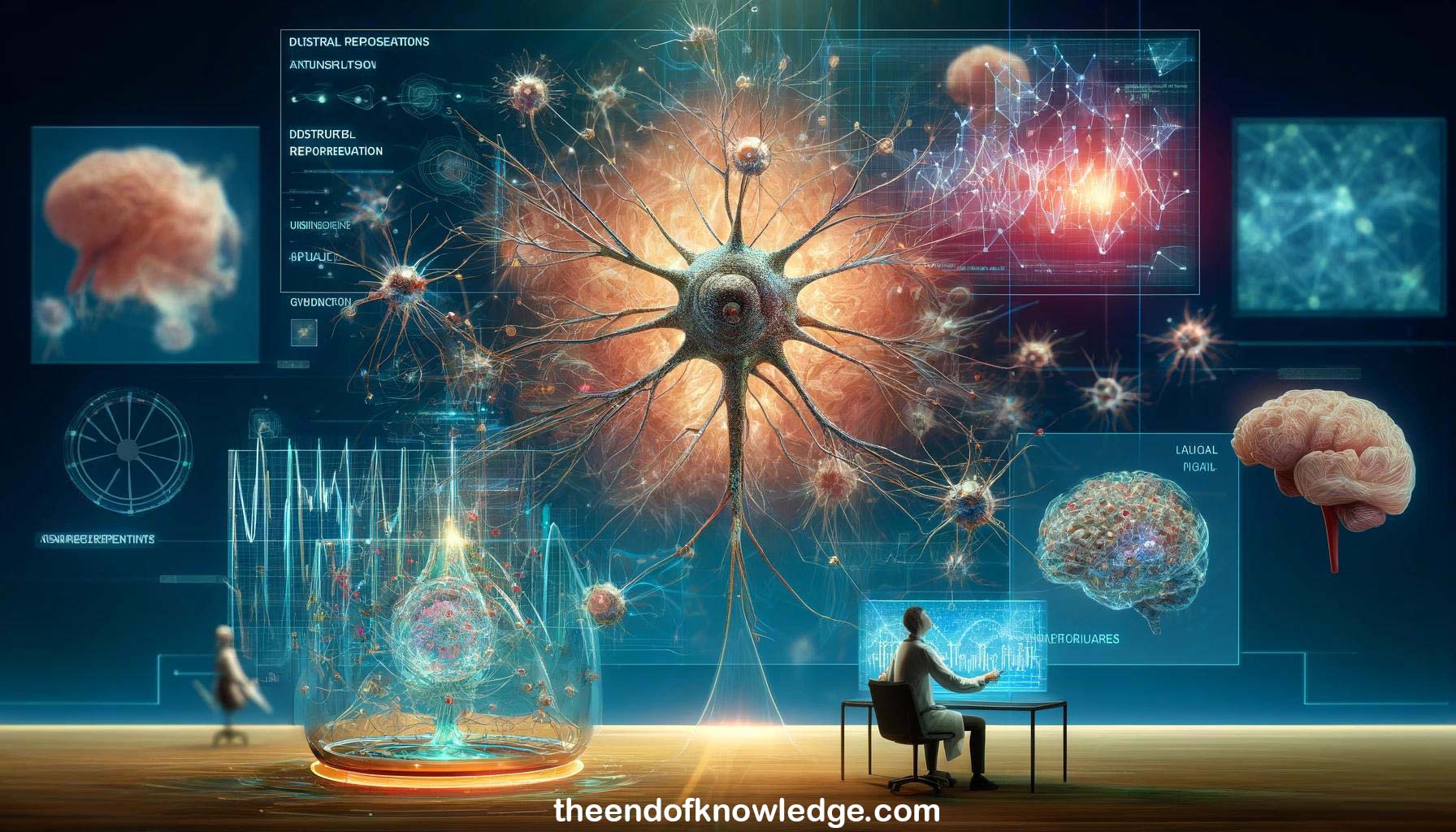 >
>
Concept Graph & Resume using Claude 3 Opus | Chat GPT4 | Gemini Adv | Llama 3:
Resume:
1.-The concept of a "grandmother neuron" - a single neuron that corresponds to a specific concept like one's grandmother.
2.-Local representations have a one-to-one relationship between a concept and a neuron's firing. Evidence exists for this in neuroscience.
3.-An alternative is distributed representations, where a concept is represented by a pattern across several neurons that are repurposed for other concepts.
4.-It's hard to measure representation types in the brain, but we can measure them in artificial neural networks we study.
5.-Previous work by Szegedy et al. in 2013 suggested representations are distributed, but the authors think this is an incomplete story.
6.-The authors previously showed examples of locally represented concepts like spiders, water, text in the middle of some networks.
7.-To test representation types, you could assemble labeled datasets of concepts and see if single neurons always fire for one concept.
8.-This requires lots of labeled data. Zhao et al. did this with Mechanical Turk for some concepts humans recognize, like lamps.
9.-But this approach doesn't scale well and is biased toward human-recognizable concepts. What about unnamed concepts that are still important?
10.-Key assumption: concepts are feature subspaces reliably learned in multiple networks. Allows probing representations by comparing networks from different initializations.
11.-With local codes, features in one net match features in another net subject to permutation. Distributed codes use arbitrary rotated basis vectors.
12.-Partially distributed hypothesis: reliably learned low-dimensional subspaces, but arbitrary rotations within subspace between networks.
13.-The study uses AlexNet trained on ImageNet with identical architecture but different initializations. Performance is very similar between networks.
14.-To find one-to-one unit matches between networks, they compute correlation statistics of neuron activations after running ImageNet through both networks.
15.-High correlations indicate neurons in the two networks are firing for the same concepts, suggesting those individual concepts are important.
16.-Greedy matching (picking max correlation for each neuron) and max weighted bipartite matching (unique matches between networks) are used to align networks.
17.-Where both matching methods agree and have high correlation, this suggests local codes being used, as expected for that representation type.
18.-Some units in one network have no high correlation match in the other, indicating features unique to each network, possibly enabling ensembles.
19.-Where matching methods disagree, partially distributed codes may be in use - e.g. one net using more units to span a subspace.
20.-One-to-one matching explains some but not all of the network. Next they look for subsets of units in one net predicting another.
21.-Mapping layers predict one net's activations from the other. Increasing sparsity reveals small subsets of units can predict well.
22.-Hierarchical clustering aligns the two networks to reveal co-predictive clusters - e.g. a 4D subspace of edge filters.
23.-In summary, they find some evidence of local codes, hints of partially distributed codes in some layers, and some still unexplained aspects.
24.-This is an interesting research direction - training multiple networks and comparing them to understand the learned representations.
25.-Future work could better understand partially distributed codes, examine how this varies with architecture, and potentially encourage certain representation types during training.
26.-Code is available online. Thanks given to co-authors.
Knowledge Vault built byDavid Vivancos 2024